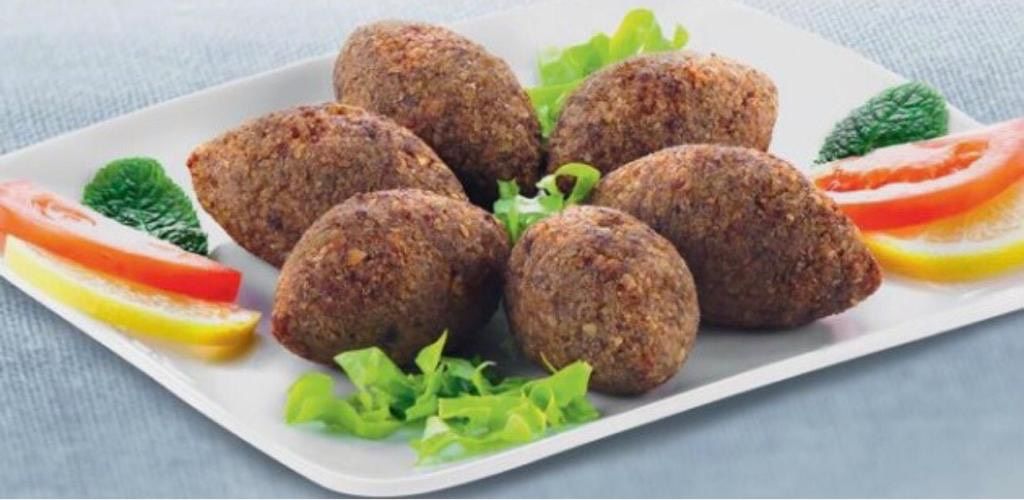The origins of Lebanese cuisine are ancient – dating back millennia to a time when the Romans and Phoenicians ruled the Levantine region in the eastern Mediterranean. Made to be shared with family and friends, Lebanese food also draws on Ottoman (lamb dishes) and French influences (flans, caramel custards and croissants) drawn from when those countries occupied Lebanon until its independence in 1943.
Lebanese food shares similarities with most Middle Eastern cuisines that emerged from the Levant region that once encompassed Lebanon, Jordan, Palestine, Syria and Israel. Human settlement in the area dates back 7000 years when the Canaanites and Phoenicians called it home – and Lebanon is widely believed to be the cradle western civilisation.
In the first century BC, the Roman Empire moved in, and Lebanon was transformed into a celebrated Christian empire. The term ‘Levant’, however, came into usage in the thirteenth and fourteenth centuries AD, used to describe lands east of Italy, and roughly translates as ‘rising’ in French, or ‘the rising of the sun’ in the east.
Located on the border of the east and the west, Lebanon is, therefore, a culinary crossroad of delicious tastes and textures. Za’atar – an ancient Levant spice – is still used heavily by Lebanese cooks and classic dishes loved the world over, such as hummus and manoosh, were also a Levantine invention.
However, one of the key differences between Lebanese cuisine and other Middle Eastern tastes is the influences of the Ottoman Empire, which occupied the ancient land for more than 400 years, between 1516 and 1918.
During this occupation, sheep were extensively farmed, and lamb became the dominant choice of meat, often stuffed with vegetables and spices. The Turkish also introduced strong coffee, pickled vegetables, baklava, certain nuts, fruits and breads to the Lebanese.
When the Turkish left Lebanon following their defeat by the Allies in World War I, the French took over, bringing their distinctive food traditions with them – particularly in the form of cheese, pastries and desserts.
But Lebanon's varied cuisine can also be traced back thousands of years to its capital's reputation as the Paris of the Middle East. Nomads from the Far East would travel through Beirut, introducing a myriad of exotic spices, flavours and dried fruits. This tradition continues as the Lebanese people live all around the world, bringing new tastes back to their home country and melding them with their own.
What makes Lebanese cookery beloved the world over is its perfect mix of sophisticated European cuisine and exotic Middle Eastern spices. Dishes rely on simple ingredients drawn from nature and Lebanon’s rich bounty of foods from land and sea. Colour-filled and incredibly diverse, it celebrates seasonal freshness, focussing on herbs, spices, garlic and olive oil – the ideal Mediterranean diet.
Today, a typical Lebanese family feast or mezze includes an assortment of hot and cold dishes with earthy flavours and heady, spicy aromas – up to thirty small plates can grace a table, much like Spanish tapas. Expect salads like tabbouleh and fattoush, hummus, baba ghanoush or kebbe dips served with pita bread, stuffed grape leaves, stews, fried patties, meats and rice vermicelli. Desserts make full use of delicate rose water and orange blossom water, with honey and pastries also coming to the fore, as well as fresh fruit and strong coffee to finish.
